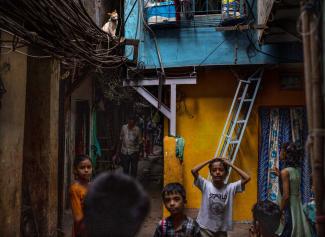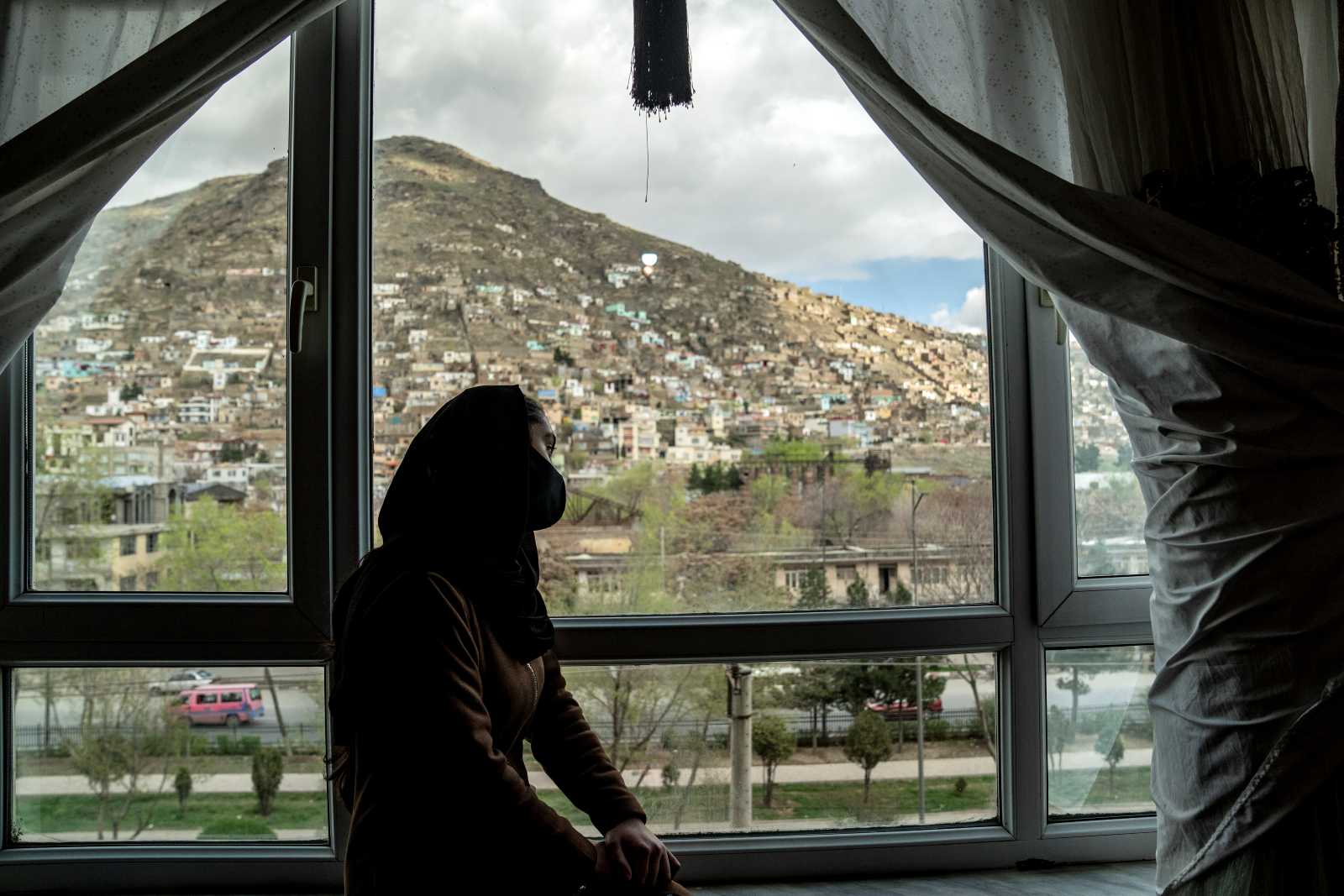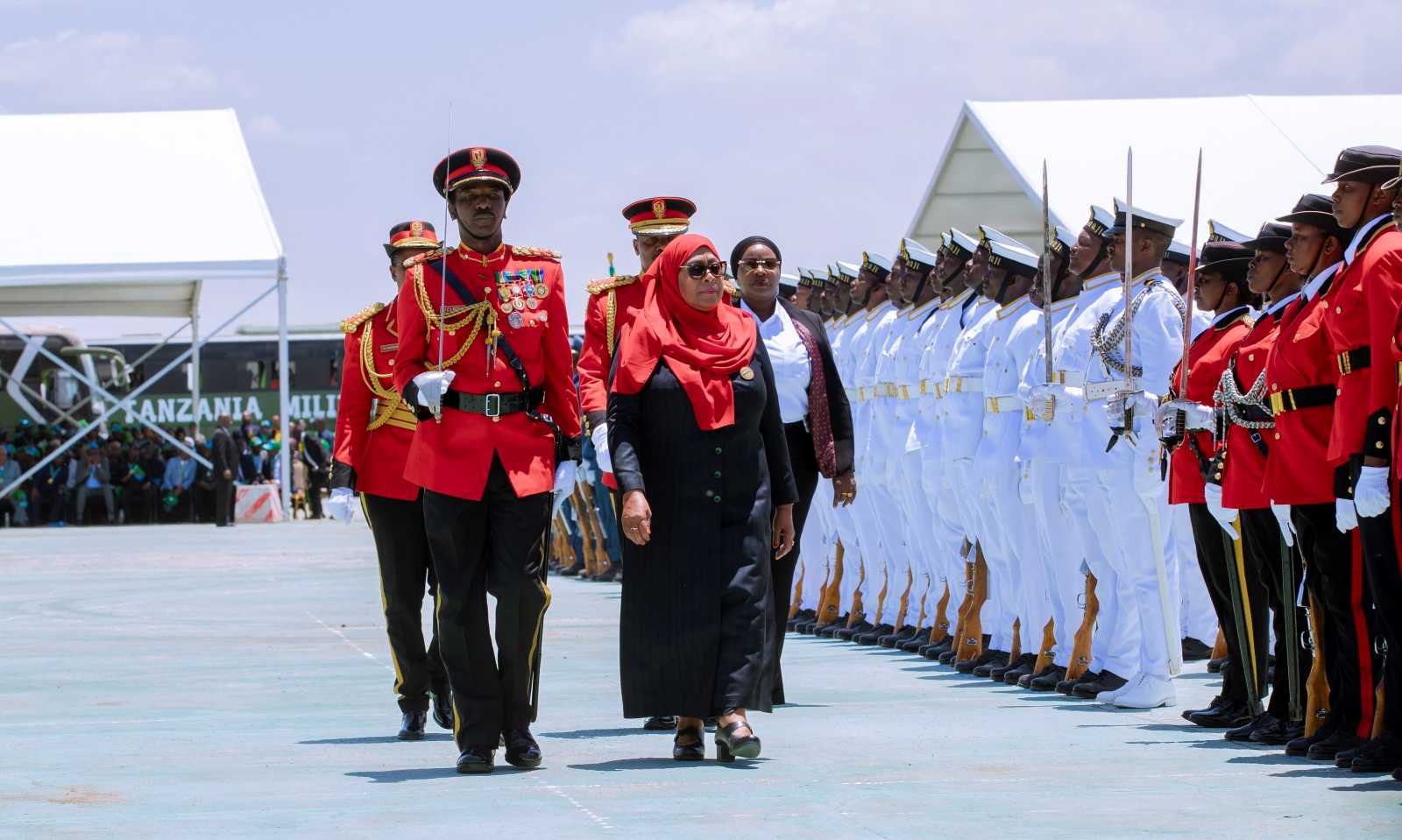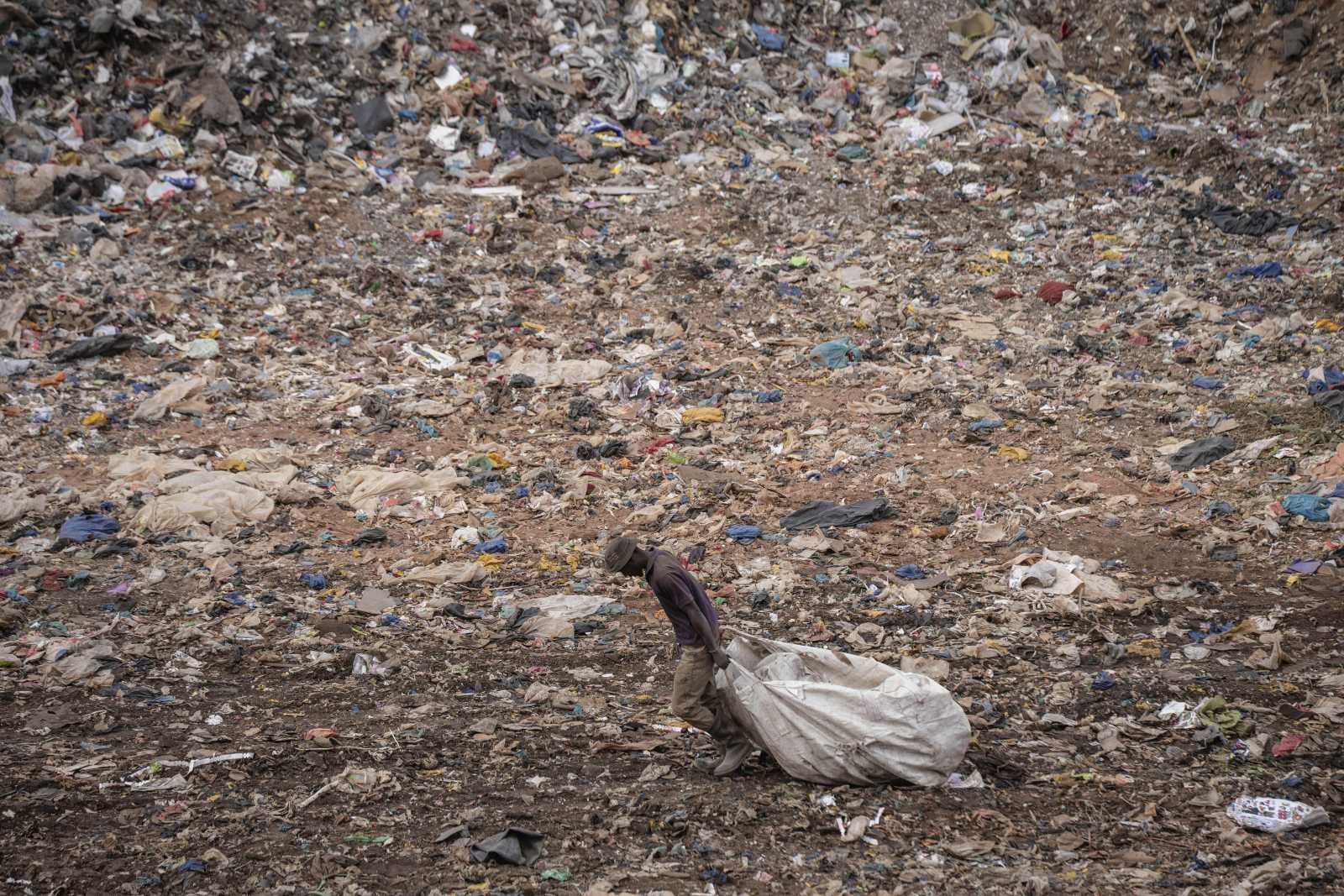Education in India
Covid-19’s devastating effects on India’s education

According to the Ministry of Education, more than 20,000 schools were closed across the country between 2020 and 2021. The dropout rate of young children at the upper primary level doubled. The government links this to postponed admissions due to Covid-19, but also talks of high enrolment rates for the same school year. The number of teachers declined by almost two percent in comparison to the previous school year, mostly because private schools fired teachers during lockdown.
For some, the educational situation in India was grim even before the pandemic. A UNICEF (United Nations Children’s Fund) survey shows that, in normal times, one third of girls drop out of school due to domestic work and one quarter due to marriage.
The 2022 National Achievement Survey report reveals that matters got worse during the pandemic. At the same time, it emphasises the poor quality of school education in general. The document highlights that education does not reduce the inherited disadvantages in Indian society. Instead, it reinforces privileges.
In lower grades, for example, there is hardly any difference between the performance of students in state schools and those in private schools. However, private schools show better performance in the higher grades. This lead increases significantly when students reach high school. Caste also has an impact on the educational achievement. While students from lower castes do move up the educational ladder, they still fall behind students from other castes – and the gaps increase in higher education.
The national newspaper “The Hindu” analysed pre- and post-pandemic education data. It confirmed a massive drop in overall learning levels during the lockdown period. It also noted a much higher decline among students from lower castes and rural areas.
The reasons are quite obvious. According to one study, at least 43 % of students did not have access to online classes for up to 19 months after schools closed. This was not surprising, given that only 24 % of Indian families have a smartphones and less than 12 % of government schools are connected to the internet. With the severe economic impact of the pandemic on household incomes, most families with low incomes could not afford to buy digital devices. A teacher from a remote school in West Bengal says that only five of 50 students attended her online classes.
The Federal Government proposed to increase educational television from 12 to 200 channels to reduce the learning gap. Since most poor households do not own a TV set, it is little astonishing that another report, the School Children’s Online and Offline Learning (SCHOOL) survey, underlined the complete ineffectiveness of TV-based education programmes.
E-content alone could not replace the need for schools and teachers. This became ever more clear as different surveys conducted in different states reported that many grade 3 to 5 students had almost forgotten how to read and write by the time they were back in their classrooms in 2022.
And even those with sufficient technical equipment faced challenges, as all responsibility for the children’s education shifted to the family: “My child would switch off the camera during class and play games. He didn’t take notes and mostly, I had to teach him again every day after his online classes,” shares Aparna Singh, a working mother whose six-year-old child studies in a day school in Lucknow, the capital of the most populous Indian state Uttar Pradesh. “Teachers only wanted to finish the syllabus; and I have no idea how much my son actually learned! He was promoted anyway.”
The 50 students of the West Bengali teacher also all passed the semester, even if only five were able to attend online classes. The government mandating promotions or lenient marking to make sure students would pass was common in all states. This hints at a bigger problem of the Indian education system: equating learning with completing the syllabus. But since policymakers explicitly mandated promotion during the pandemic, the number of students moving from secondary to upper secondary school and from high school to college was even higher than in previous years. In accordance with this, repetition rates nosedived from 2020 to 2022. The effects of such a lenient approach are likely to be felt by school leavers later on in the job market – and also by society in general, where discussions about less capable engineers and other specialists were already ongoing before the pandemic.
For most Indians, quality education is the only hope of breaking the cycle of poverty in which they are trapped. Covid-19 revealed many weaknesses of India’s education system, and it has widened the existing educational inequities. The country must therefore address the shortfalls caused by the pandemic as quickly as possible and generally work on improving its dysfunctional educational system.
References
Nihalani, J., Varghese, R. R., 2022: Pandemic impact: Marked decline in Maths, Science scores among rural, SC/ST students.
https://www.thehindu.com/data/data-pandemic-impact-marked-decline-in-maths-science-scores-among-rural-scst-students/article65479807.ece
Vernekar, N. et al., 2022: Clearing the Air. A Synthesised Mapping of Out of School Children during COVID-19 in India.
https://vidhilegalpolicy.in/research/clearing-the-air-a-synthesised-mapping-of-out-of-school-children-during-covid-19-in-india-april-2020-may-2022/
Roli Mahajan is a journalist based in Lucknow, India.
roli.mahajan@gmail.com













